Parts washers are essential tools in various industries for efficiently and effectively cleaning a wide range of components. These machines are designed to remove dirt, grease, oils, and contaminants from parts, improving their functionality and extending their lifespan. Whether in automotive, aerospace, medical, or electronics industries, parts washers play a crucial role in maintaining the integrity and cleanliness of components, ensuring optimal performance and safety. Read More…
Alliance Manufacturing, Inc. specializes in the design, engineering, and manufacturing of aqueous parts washers and parts cleaning systems for the industrial products market. Our engineers have developed a full line of aqueous parts cleaning systems, including belt, chain, monorail, and more.
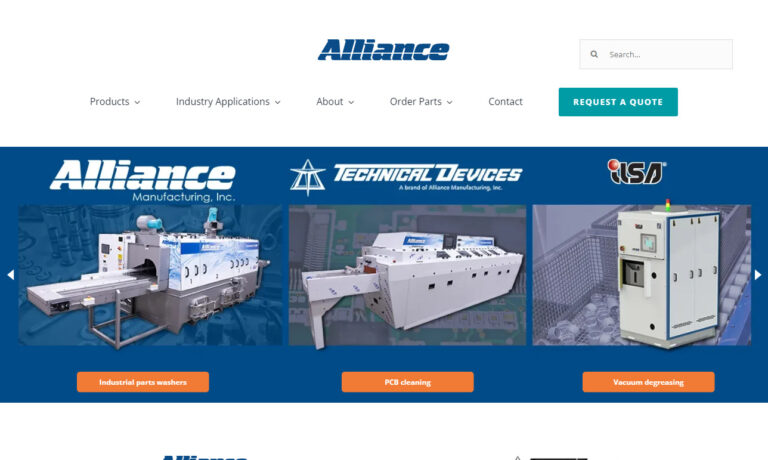
Niagara Systems LLC has offered turnkey custom parts washing systems for over 80 years. With our customization capabilities, our parts washing systems stand out from the competition.
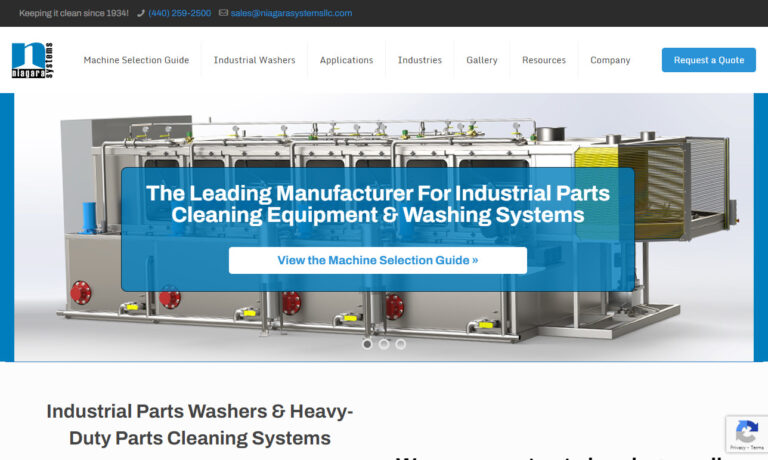
Nobody knows aqueous parts washers as we do! At Better Engineering, we manufacture sustainable Cabinet/turntable parts washers, Inline cleaning systems, conveyor parts washers, ultrasonic parts cleaner, Dunnage wash systems, Drum washers, Carousel washers, Tunnel, and Monorail Parts Washers in the United States using only quality metal. Our systems are built to high-quality standards; we offer...

We are industry leaders and innovators in the world of parts washers. We offer an extensive list of parts washing equipment, from automotive washers to precision washers for medical industries.
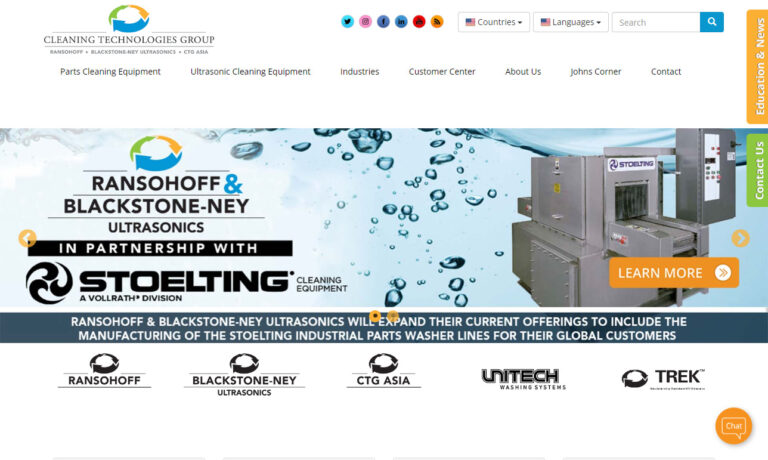
Great Lakes Finishing Equipment, Inc. specializes in supplying parts washers for even the most demanding cleaning jobs. Equipment includes table washers, drum washers, aqueous rotary baskets, aqueous belt washing systems, & more. Let our parts washing specialists assist you with your specific washing applications. Contact us today for all of your parts washer needs.
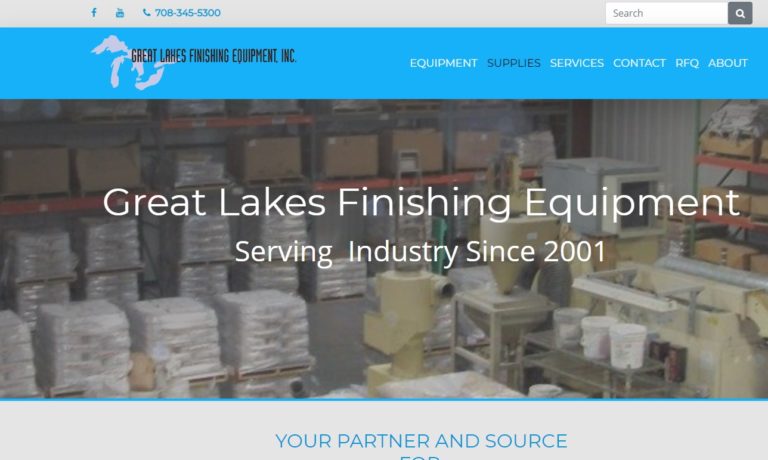
At Automated Cleaning Technologies (ACT), we excel in providing superior industrial parts washers that meet the diverse needs of various industries. Our expertise ensures that no matter your parts specifications, we have the right solution to tackle the job effectively. We take pride in our ability to deliver reliable, high-performance washers designed to handle even the most demanding cleaning...

More Parts Washer Manufacturers
Components of Parts Washers
Parts washers are equipped with several vital components that collaborate to deliver effective and efficient cleaning. A crucial element is the spray nozzle, which directs the cleaning solution onto the parts being cleaned. These nozzles come in various types and designs, such as high-pressure spray nozzles for tackling heavy-duty cleaning tasks and ultrasonic spray nozzles for the precise cleaning of delicate components.
Another vital element is the filtration system. These systems are engineered to extract contaminants and particles from the cleaning solution, maintaining its purity and preventing the parts from being recontaminated. Typical filtration systems in parts washers include bag filters for removing coarse particles and cartridge filters for finer particle elimination.
Drying systems play a crucial role in parts washers, ensuring that components are thoroughly dried post-cleaning to prevent moisture-related problems and ready them for further processing or assembly. Various drying systems can be employed, such as hot air drying systems, which use heated air to swiftly evaporate moisture, or vacuum drying systems that eliminate moisture under reduced pressure, making them perfect for delicate parts sensitive to heat.
Beyond their primary components, parts washers can come equipped with various features and accessories to boost their functionality and performance. These might include agitation mechanisms to enhance cleaning efficiency, automated robotic arms for precise handling and positioning of parts, specialized fixtures or baskets to securely hold parts during cleaning, and control panels for adjusting and monitoring cleaning parameters.
The integration of these elements in parts washers guarantees comprehensive cleaning, efficient particle elimination, and thorough drying, producing pristine, ready-to-use components. Manufacturers persistently innovate and refine these elements to cater to specific cleaning needs across various industries and applications.
Types and Designs of Parts Washers
Parts washers come in a variety of styles and designs, each engineered to meet specific cleaning needs and applications. A popular example is the aqueous parts washer, which employs water-based cleaning solutions. These washers are frequently utilized in the automotive industry for cleaning engine parts, transmissions, and other metal components. They efficiently eliminate oil, grease, and contaminants, ensuring that automotive parts maintain peak performance and extended durability.
Solvent parts washers, in contrast, utilize robust solvent-based cleaning solutions. These washers are extensively employed in industrial settings, especially for removing heavy oils, greases, and tenacious residues from machinery components. Industries like manufacturing, metal fabrication, and maintenance prefer these washers for their heavy-duty cleaning needs.
Ultrasonic parts washers harness the power of ultrasonic waves to create tiny bubbles in a cleaning solution. When these bubbles burst against the surfaces of parts, they effectively remove dirt and contaminants, reaching even the most intricate and delicate areas. Widely employed in the electronics industry, ultrasonic cleaners are essential for cleaning printed circuit boards, connectors, and other precision electronic components.
The designs of parts washers can differ significantly depending on their intended applications. Some washers are equipped with adjustable spray nozzles, robotic arms, or rotating baskets, enabling tailored cleaning cycles for various part sizes and shapes. Others include multiple tanks or chambers, facilitating stages like pre-cleaning, rinsing, and drying within a single machine, thus providing a thorough cleaning process.
Furthermore, parts washers come in various configurations, from compact benchtop units suitable for small-scale tasks to larger, automated systems tailored for high-volume production environments. Some models boast advanced features such as programmable cleaning cycles, integrated filtration systems, and precise temperature control, delivering superior cleaning performance and enhanced process management.
Types of Parts Washed by Parts Washers
Various types of parts necessitate specialized washers for optimal cleaning. Metal components, including engine blocks and automotive chassis parts, are best cleaned using aqueous immersion washers. These machines employ a combination of high-pressure sprays and immersion techniques for thorough cleansing. Plastic parts, such as molded components and automotive interior elements, benefit from solvent spray washers that effectively dissolve and remove contaminants without harming the plastic. Delicate components, like printed circuit boards and microelectronic parts, require the gentle yet powerful cleaning provided by ultrasonic cleaners. These devices use ultrasonic waves to clean intricate surfaces without causing damage.
Limitations and Overcoming Them
Parts washers can encounter limitations in both design and application. Certain designs may have difficulty cleaning intricate geometries or removing specific types of contaminants. However, manufacturers are persistently innovating to tackle these challenges. Cutting-edge designs now include features like adjustable nozzles, robotic arms, and specialized cleaning cycles to address these issues. Additionally, the creation of specialized cleaning agents, formulated for particular contaminants and materials, significantly enhances cleaning efficiency and effectiveness.
Benefits of Parts Washers
Parts washers are invaluable in various industries due to their numerous benefits. Firstly, they save significant time and improve efficiency compared to manual cleaning methods. Automated parts washers can clean multiple components simultaneously, reducing labor needs and freeing operators to focus on other tasks. Their consistent and controlled cleaning cycles ensure reliable and repeatable results, eliminating the inconsistencies that often come with manual cleaning.
Moreover, parts washers enhance the quality and uniformity of cleaning processes. These machines are engineered to provide comprehensive and even cleaning, effectively reaching intricate surfaces and crevices that are challenging to clean by hand. By utilizing optimized cleaning solutions, temperature control, pressure, and agitation techniques, parts washers ensure a consistent level of cleanliness. This reliability is particularly vital in industries where stringent quality standards and regulations must be met.
Moreover, parts washers offer substantial long-term cost savings. By efficiently eliminating contaminants, they help avert equipment malfunctions, decrease downtime, and prolong the lifespan of components. This leads to reduced maintenance and replacement expenses. Additionally, automated cleaning processes reduce the likelihood of human error, resulting in fewer instances of rework or product rejects due to insufficient cleaning.
Overall, parts washers enhance efficiency, ensure consistency, promote environmental sustainability, and offer cost savings for industries dependent on clean and functional components. Integrating these machines into their workflows allows businesses to boost productivity, elevate product quality, and improve operational reliability.
Applications of Parts Washers
Parts washers find applications across a multitude of industries. In the automotive sector, they are essential for cleaning engine parts, transmissions, brake components, and more. In the aerospace industry, these machines are vital for maintaining the integrity of critical aircraft components like turbine blades and landing gear. Medical device manufacturers depend on parts washers to ensure the cleanliness and sterility of surgical instruments and implants. Moreover, electronics manufacturers use parts washers to clean printed circuit boards, connectors, and other delicate electronic components.
Besides the automotive, aerospace, medical, and electronics industries mentioned earlier, parts washers are also utilized in a variety of other fields. The industrial manufacturing sector, in particular, heavily depends on parts washers to clean a wide array of machinery components like gears, bearings, valves, and hydraulic cylinders. These machines efficiently eliminate oils, grease, metal shavings, and other contaminants that could impair machinery performance and cause early wear.
Parts washers play a crucial role in the food and beverage industry, especially for cleaning equipment used in food processing like mixing tanks, conveyor belts, and food-grade containers. Maintaining stringent hygiene standards is essential to guarantee the safety and quality of food products.
The pharmaceutical industry relies on parts washers to cleanse equipment crucial to drug production—such as mixing vessels, pipettes, and tablet presses. These machines utilize specialized cleaning agents and protocols, ensuring impeccable cleanliness and minimizing the risk of cross-contamination.
In the realm of metal fabrication and machining, parts washers play a crucial role by cleansing metal workpieces prior to their next stage of processing or assembly. They effectively eliminate cutting fluids, residual coolants, and metal particles, thereby guaranteeing superior surface quality and precision in subsequent operations.
Parts washers play a crucial role in the maintenance and repair industry by cleansing vital components like engine parts, pumps, filters, and hydraulic systems. They excel in eliminating dirt and contaminants, thereby revitalizing equipment to operate at optimal levels and prolonging its service life.
In the printing industry, parts washers play a crucial role in ensuring optimal performance by cleaning printing plates, ink rollers, and other vital components. This meticulous cleaning is indispensable for preserving print quality, preventing ink accumulation, and minimizing downtime due to component malfunctions.
Parts washers are essential for maintaining cleanliness and functionality in scientific research facilities by effectively cleaning and sterilizing laboratory equipment such as glassware, vials, and other apparatus. This ensures precise and dependable experimental outcomes.
Parts washers are indispensable across various industries, prioritizing cleanliness, performance, and efficiency. Continuously evolving, these adaptable machines cater to specific needs, offering dependable cleaning solutions for diverse applications.
Choosing the Right Parts Washer
Choosing the right parts washer for a specific job involves a thoughtful evaluation of multiple factors. Initially, one must assess cleaning needs, including the nature and intensity of contaminants. It’s crucial to consider the material and delicacy of the parts to avoid any potential harm. Moreover, the dimensions and capacity of the washer should match those of the components. Financial limits, encompassing operational expenses like upkeep and consumables, should also be factored in. Seeking guidance from manufacturers and suppliers can greatly aid in making an informed decision for achieving top-notch cleaning results.
Choosing the Correct Parts Washer Manufacturer
To ensure you achieve optimal results when purchasing parts washers from a manufacturer, it’s crucial to compare multiple companies listed in our directory. Each manufacturer’s profile showcases their expertise and capabilities, complete with a contact form for direct inquiries or quotes. Utilize our proprietary website previewer to swiftly grasp each manufacturer’s specialization. Simplify the process by using our unified RFQ form to contact multiple parts washer businesses efficiently.

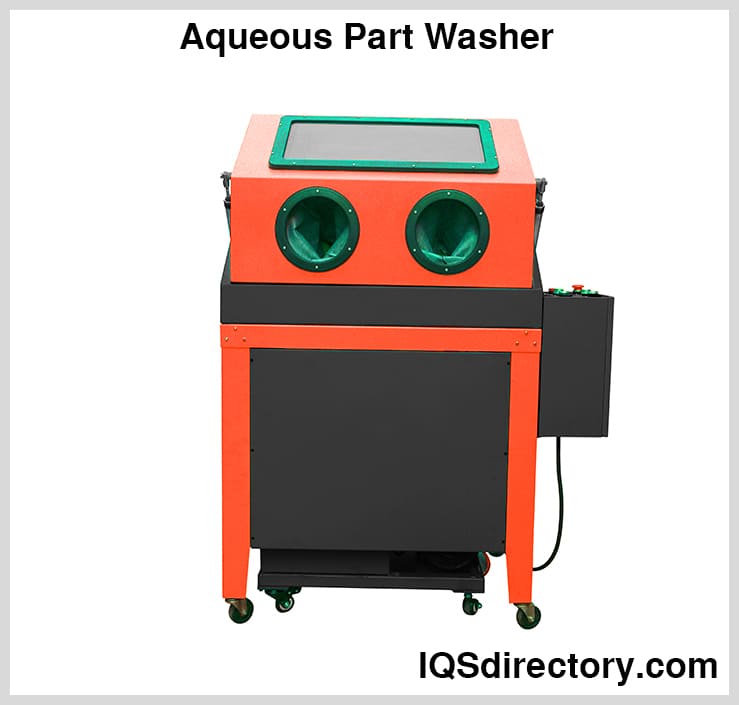
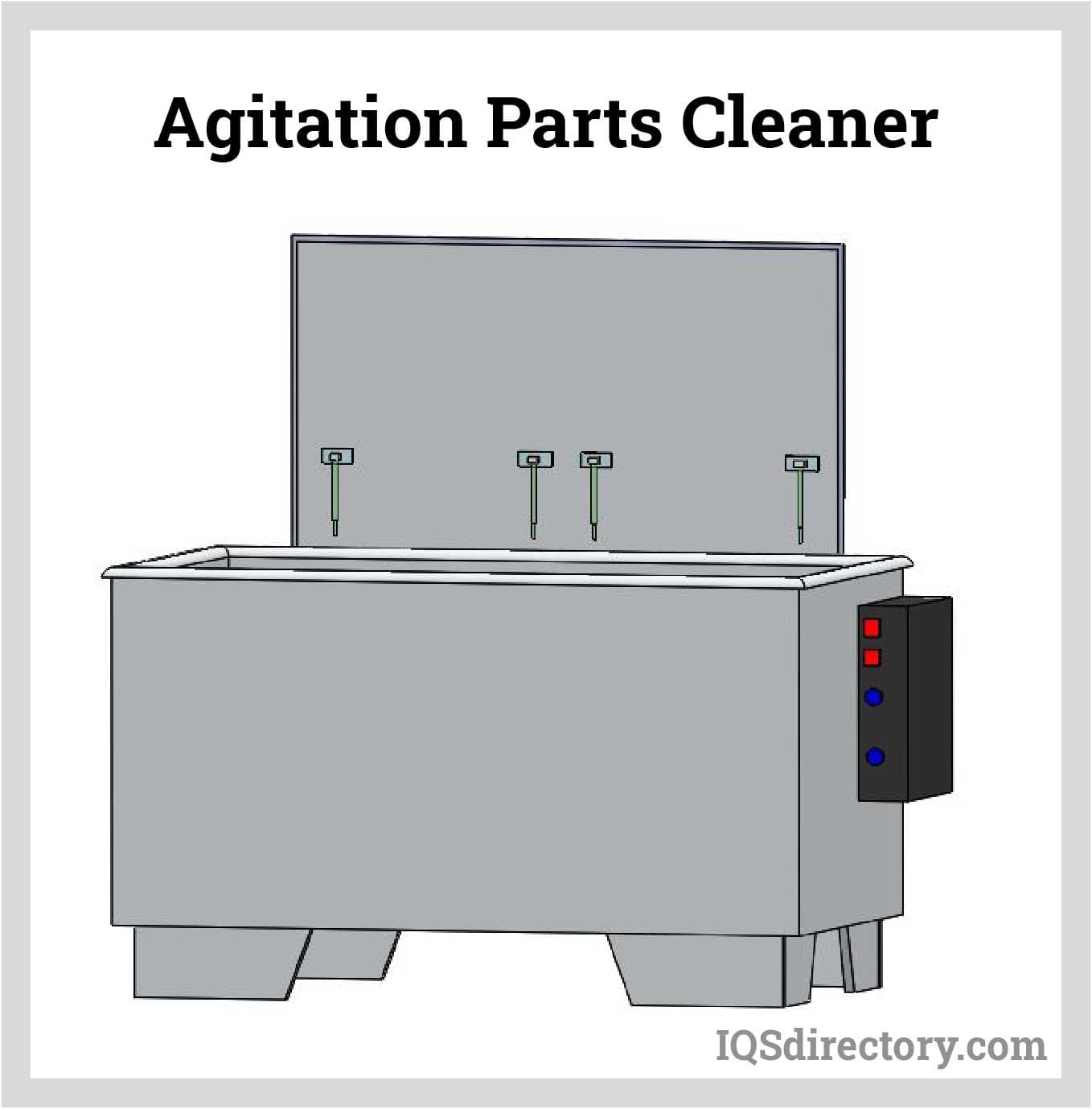
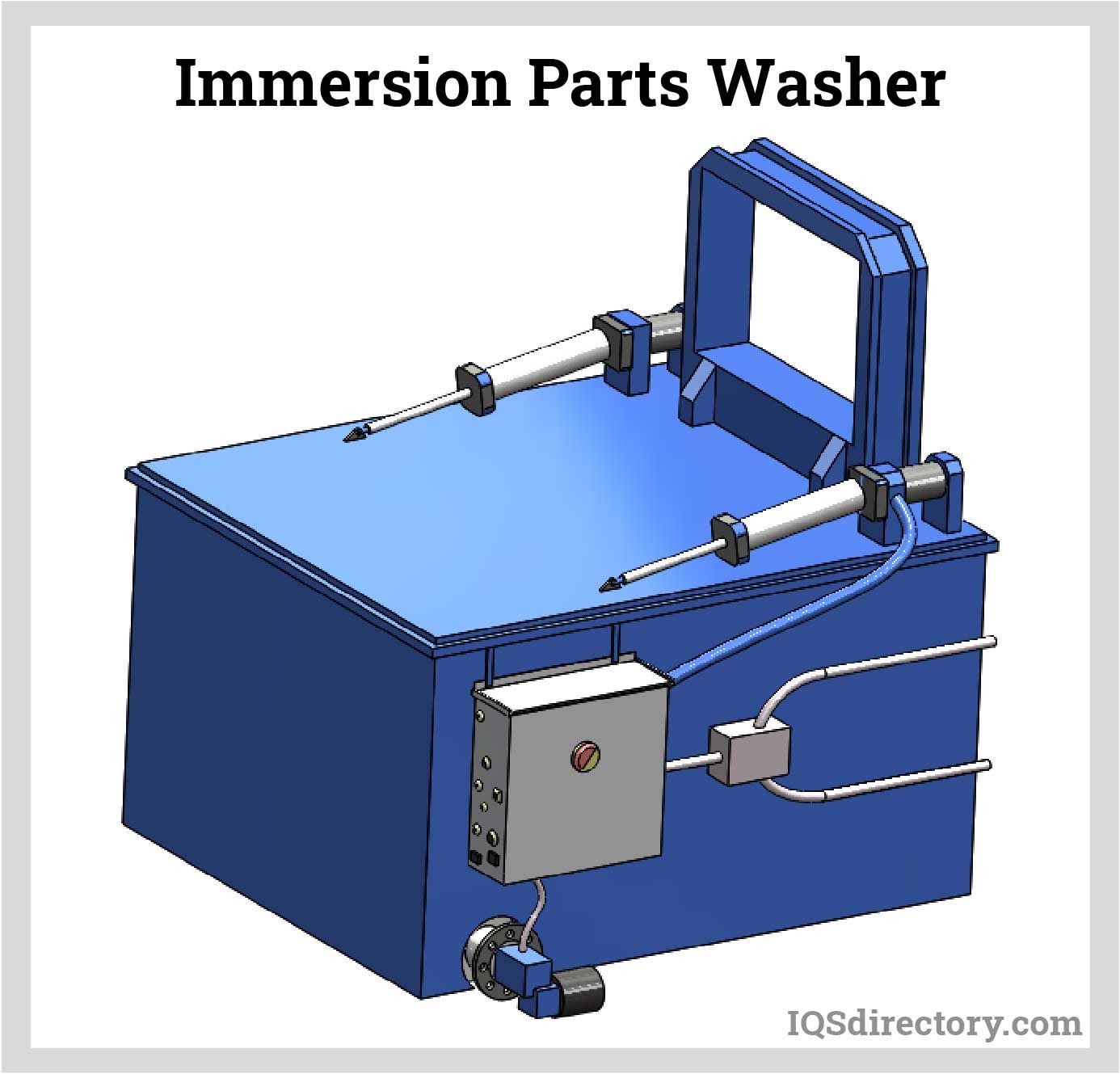
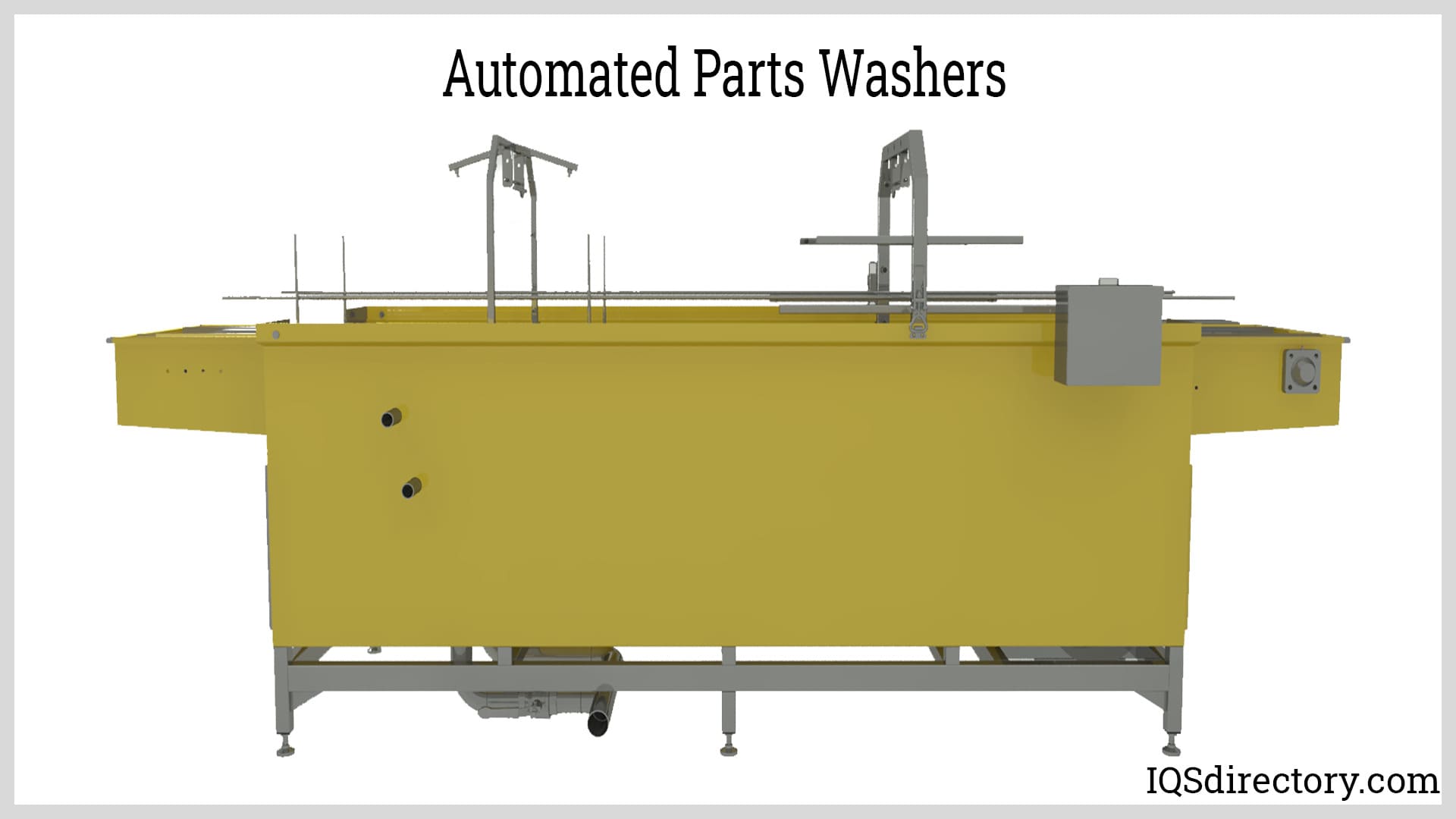
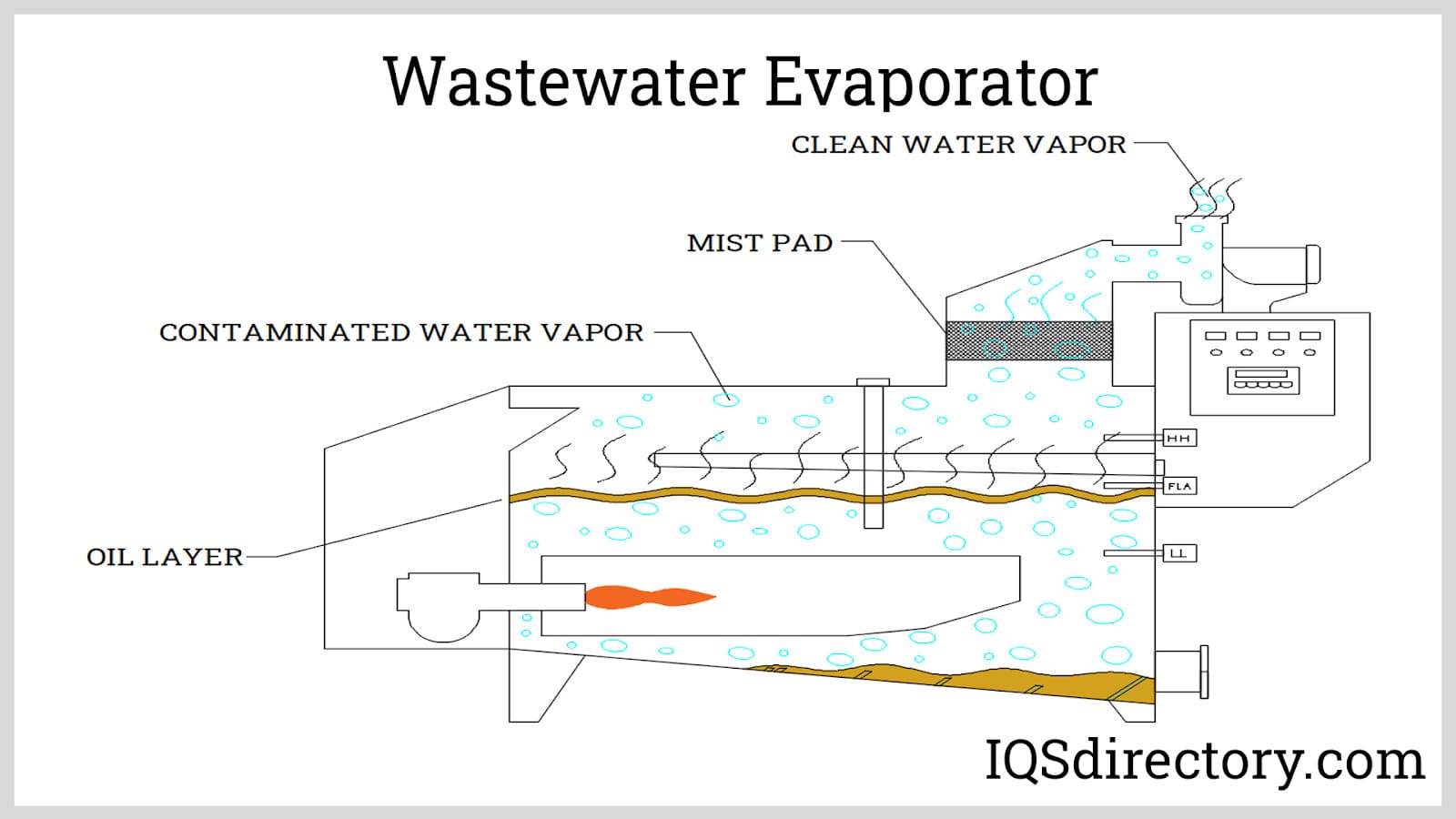
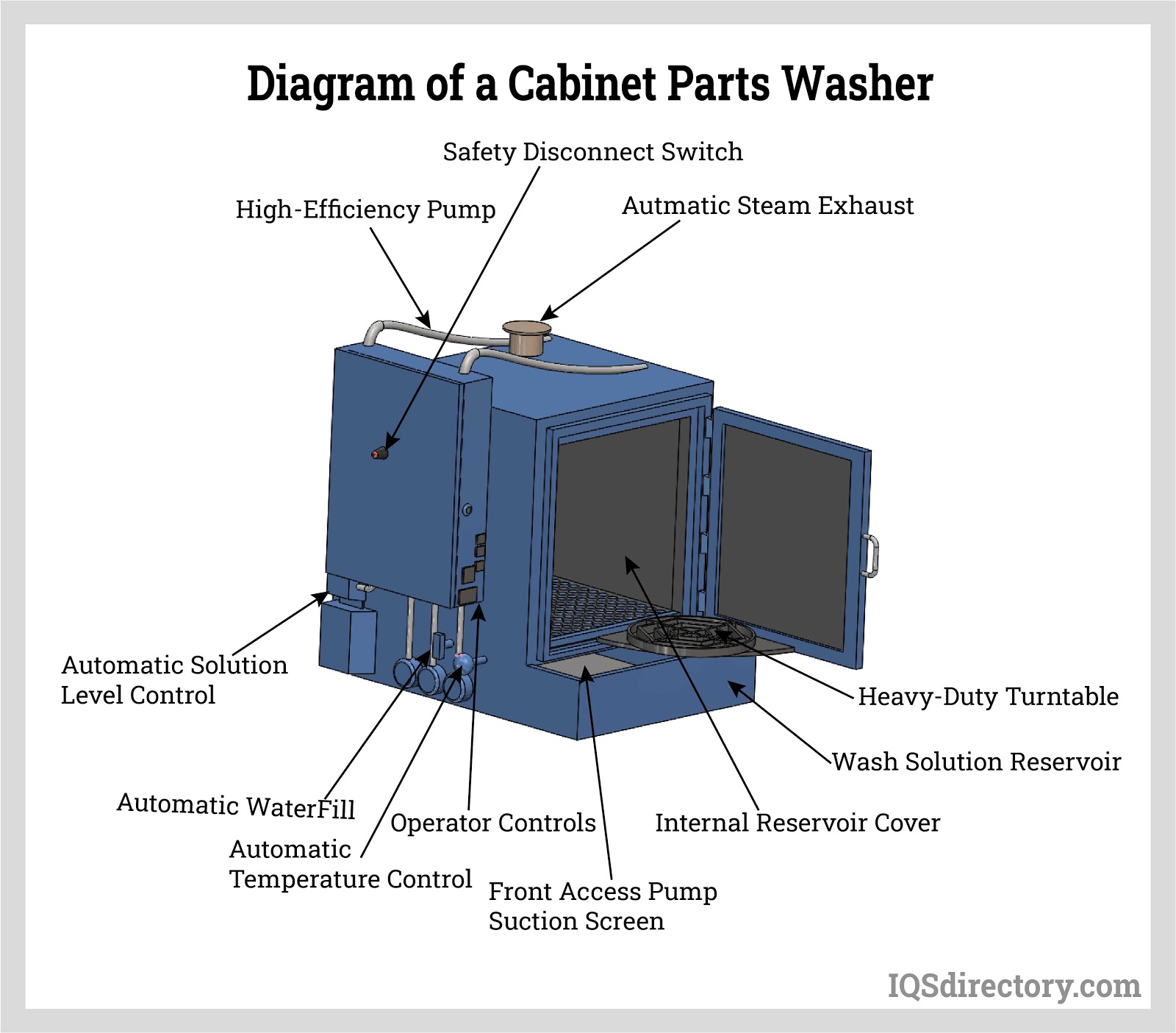
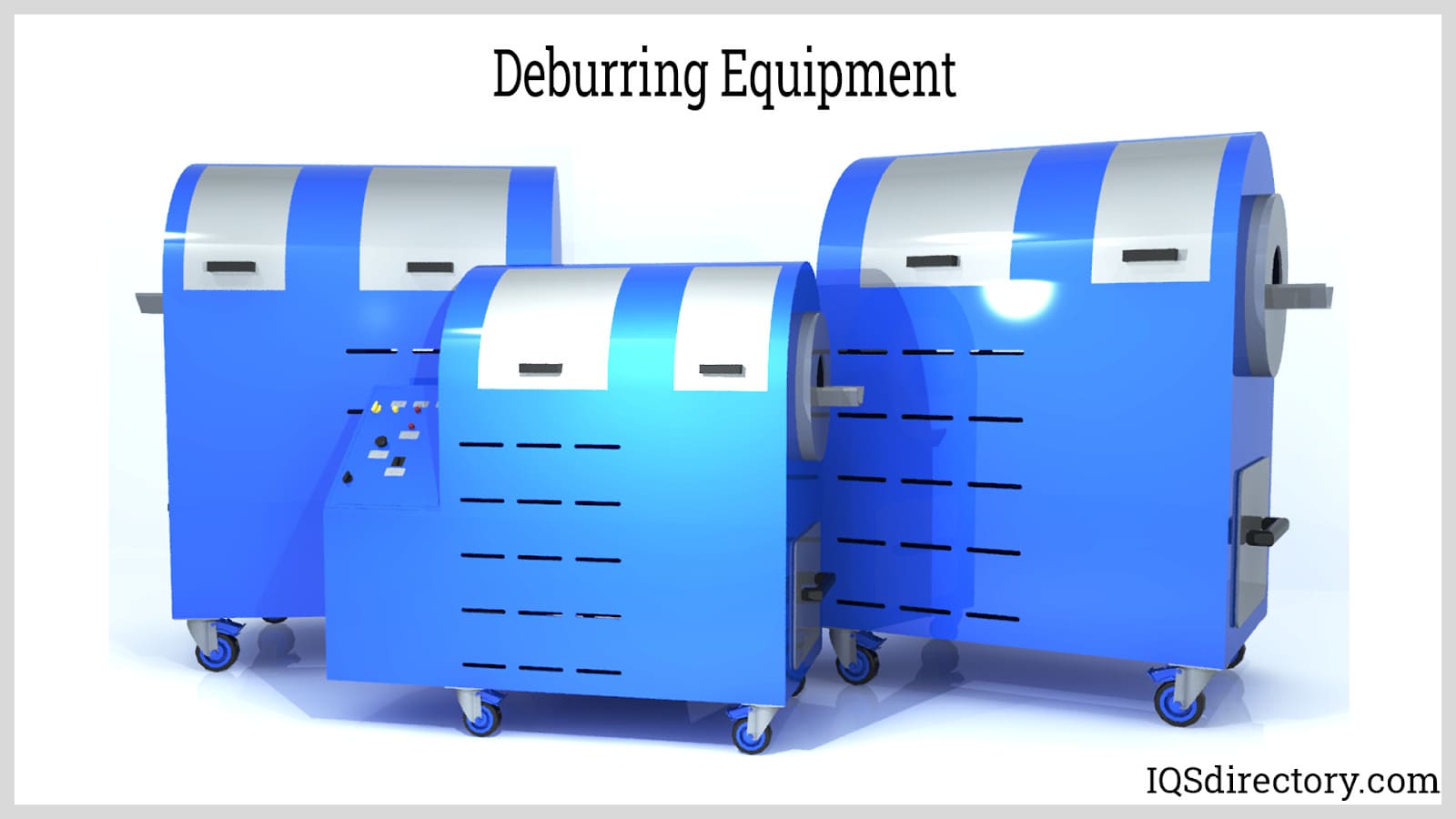
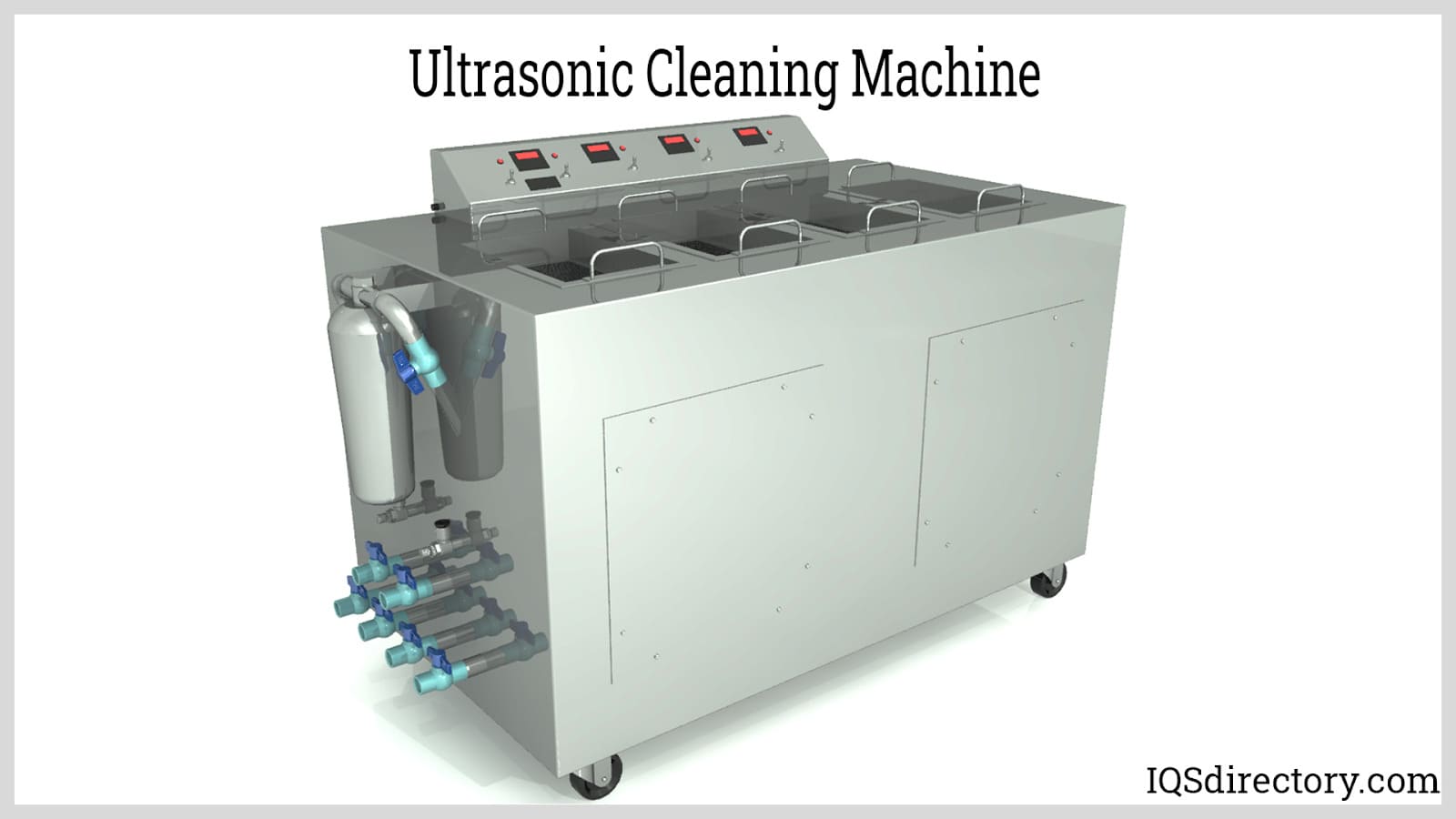
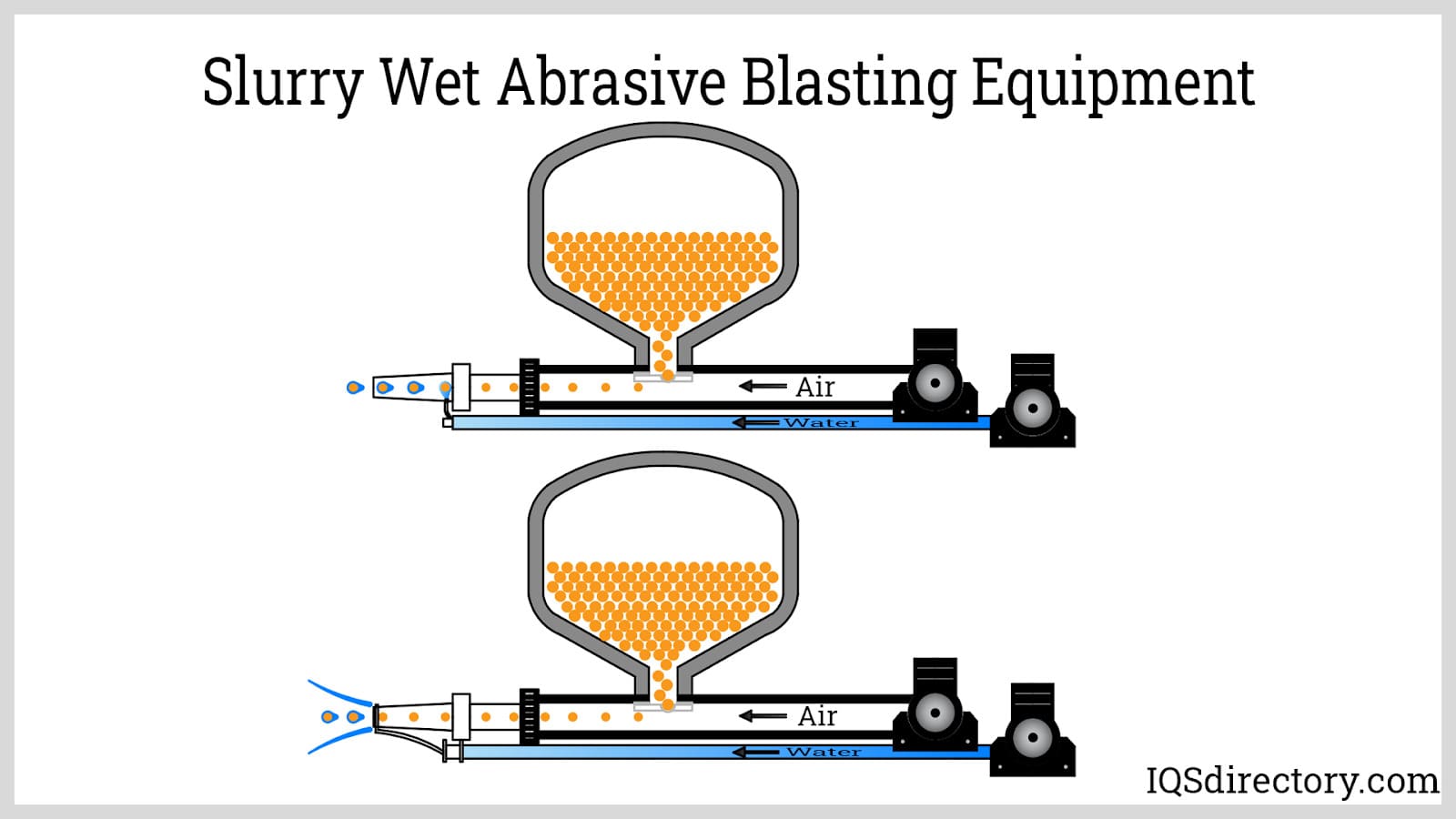
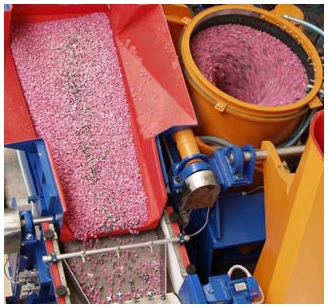 Deburring Machinery
Deburring Machinery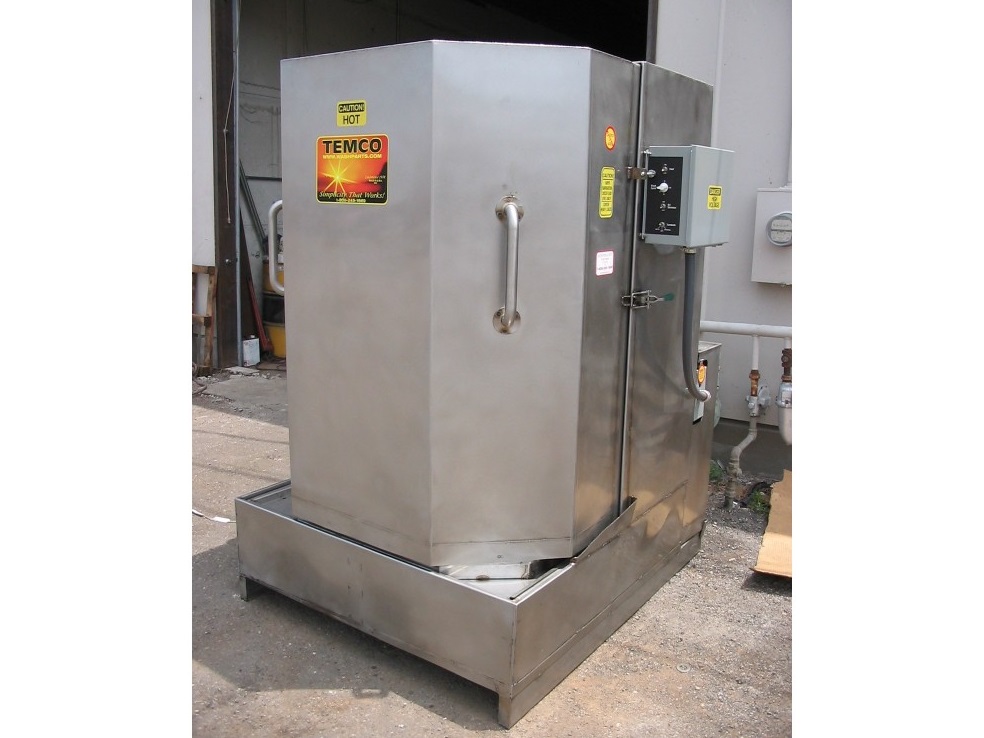 Industrial Parts Washers
Industrial Parts Washers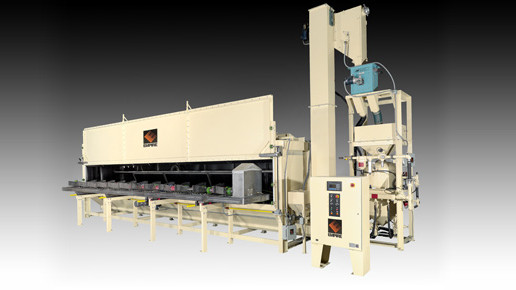 Sandblast Equipment
Sandblast Equipment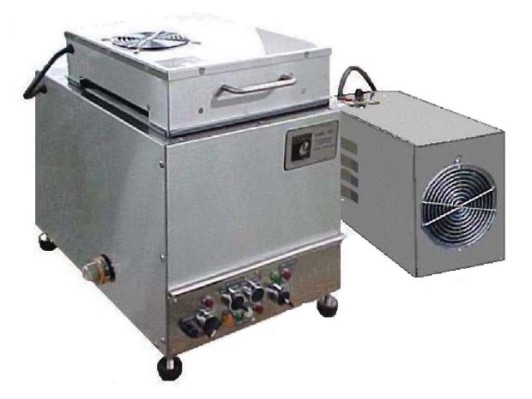 Ultrasonic Cleaners
Ultrasonic Cleaners Castings & Forgings
Castings & Forgings Bulk Material Handling
Bulk Material Handling Electrical & Electronic Components
Electrical & Electronic Components Flow Instrumentation
Flow Instrumentation Hardware
Hardware Material Handling Equipment
Material Handling Equipment Metal Cutting Services
Metal Cutting Services Metal Forming Services
Metal Forming Services Metal Suppliers
Metal Suppliers Motion Control Products
Motion Control Products Plant & Facility Equipment
Plant & Facility Equipment Plant & Facility Supplies
Plant & Facility Supplies Plastic Molding Processes
Plastic Molding Processes Pumps & Valves
Pumps & Valves Recycling Equipment
Recycling Equipment Rubber Products & Services
Rubber Products & Services